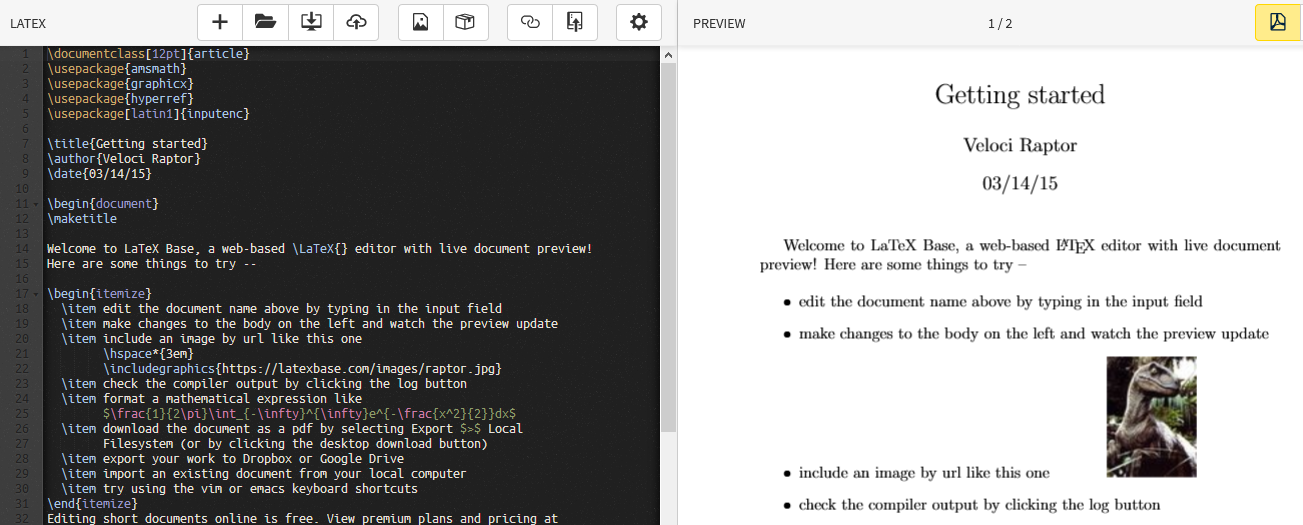-
3-minute read
-
28th July 2018
What Is LaTeX? A Guide for the Perplexed
If you’re looking for a description of the document preparation system LaTeX, you might want to be careful about what you google. If you’re not, you might end up in some very NSFW places.
You went and googled it, didn’t you? Oh well. Now that you’re back, let us resume the serious business of talking about what LaTeX is and why it is used for some forms of academic writing.
What Makes LaTeX Different?
We mentioned above that LaTeX is a ‘document preparation system’. However, this is not the same thing as a WYSIWYG word processor (where what you see on screen is what gets printed out).
Instead, LaTeX uses plain text, along with markup tags for formatting. This produces a pre-typeset document that is immediately ready for publication. It also helps ensure professional presentation when using complicated mathematical formulae in a document, as LaTeX was built to handle these.
So, while LaTeX is perhaps less versatile than Microsoft Word, it is perfect for highly structured documents such as academic papers and reports.
How It Works
Technically, you can write a LaTeX document in any text editor. But it is better to use a specialised LaTeX editor, which will let you preview your document while you are writing it.

Once you have one of these, you can type the content of your document like you would in a word processor. However, you will also need to use markup tags to apply formatting and structure your work. A typical markup tag in LaTeX will look something like the following:
section{Introduction}
The markup above, for instance, indicates the start of a new numbered section in the document, with the text in the curly brackets used for the title of that section. Applying the appropriate markup throughout your work will therefore ensure a clearly structured and presented document.
Common Markup Tags
We’ll save any in-depth description of formatting in LaTeX for another post. For now, though, we thought we’d leave you with a quick rundown of some of the most common markup tags available.
|
Markup Tag |
Function |
Example |
| documentclass |
Defines the document type (e.g. report, letter, book) |
documentclass{report} |
| title |
Defines the title of the document |
title{The Many Uses of Liquid Rubber} |
| author |
Sets the author name for the document |
author{J. Waters} |
| date |
Sets the date of the document |
date{June 2018) |
| begin |
Indicates the starting point for a new ‘environment’ (i.e. a passage of text presented in a specific style) |
begin{quotation} |
| end |
Indicates the end of an environment |
end{quotation} |
| maketitle |
Inserts a title page in the document |
maketitle |
| section |
Begins a new numbered section using the bracketed text as the title |
section{Recreational Uses of LaTeX} |
| subsection |
Begins a new numbered subsection using the bracketed text as the title |
subsection{Fun with Balloons} |
If you want to see how any of the above work, try creating a practice document of your own!
Find this useful?
Subscribe to our newsletter and get writing tips from our editors straight to your inbox.
Subscribe to Beyond the Margins and get your monthly fix of editorial strategy, workflow tips, and real-world examples from content leaders.




